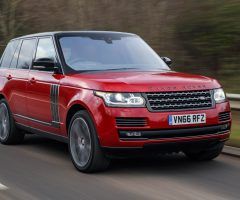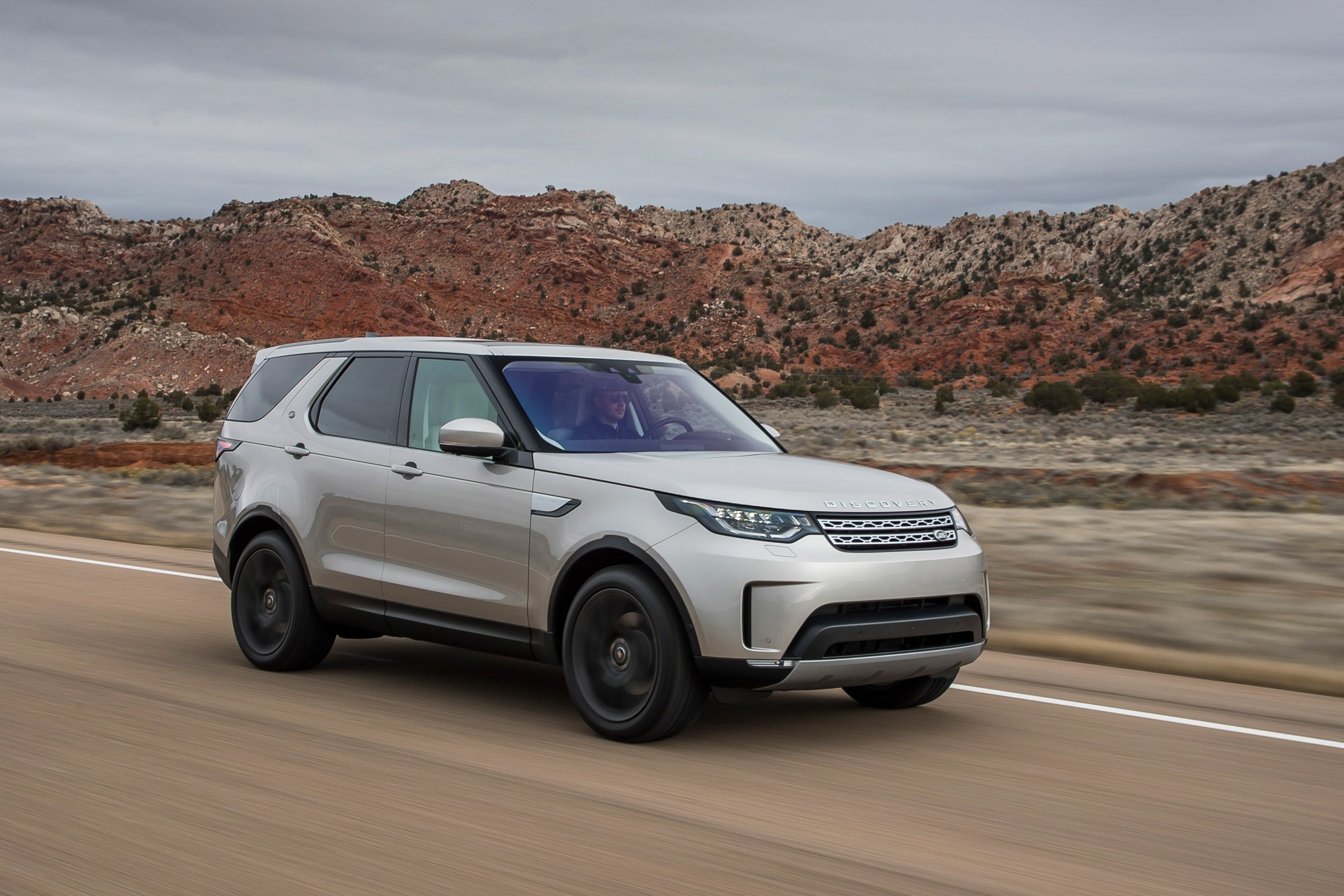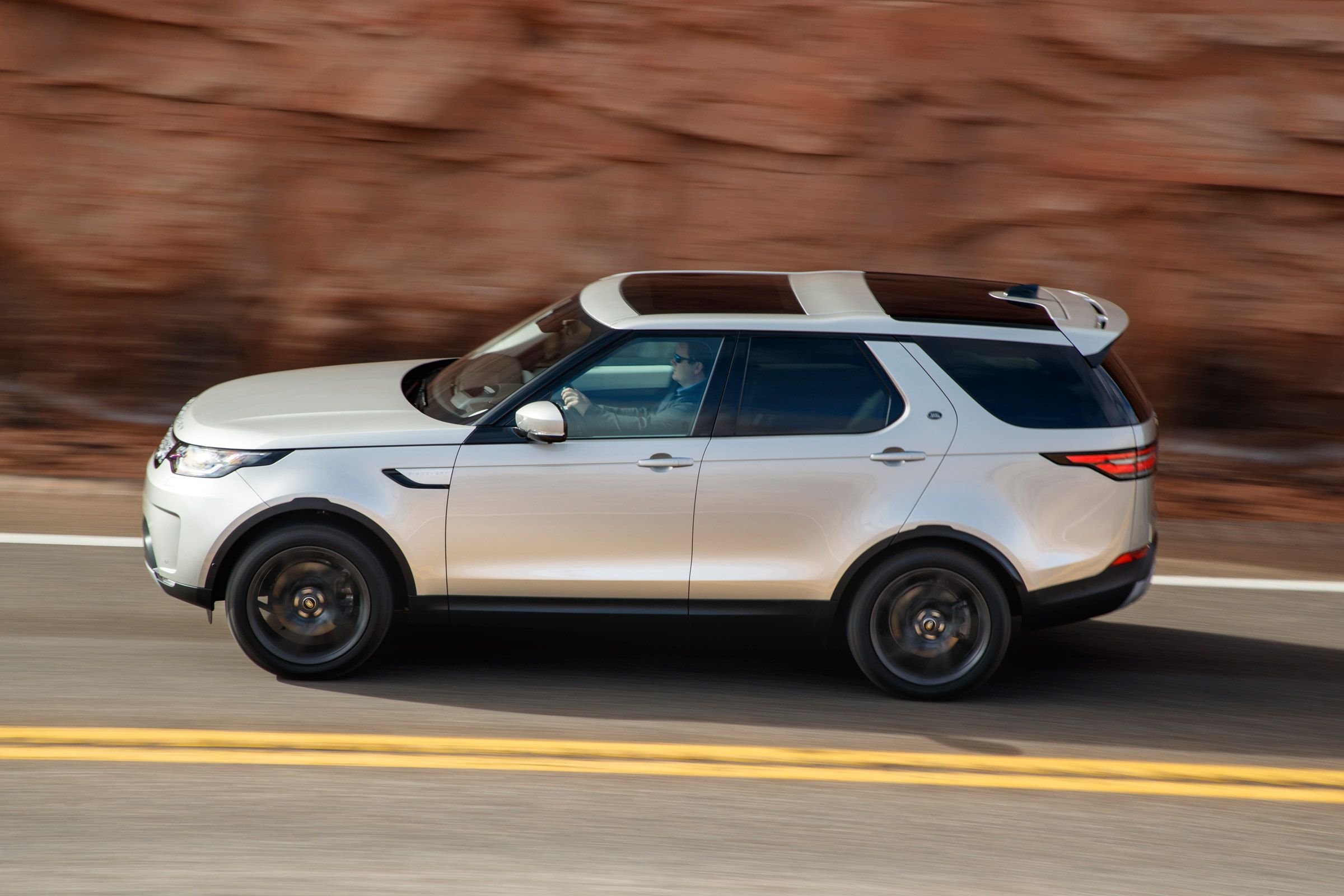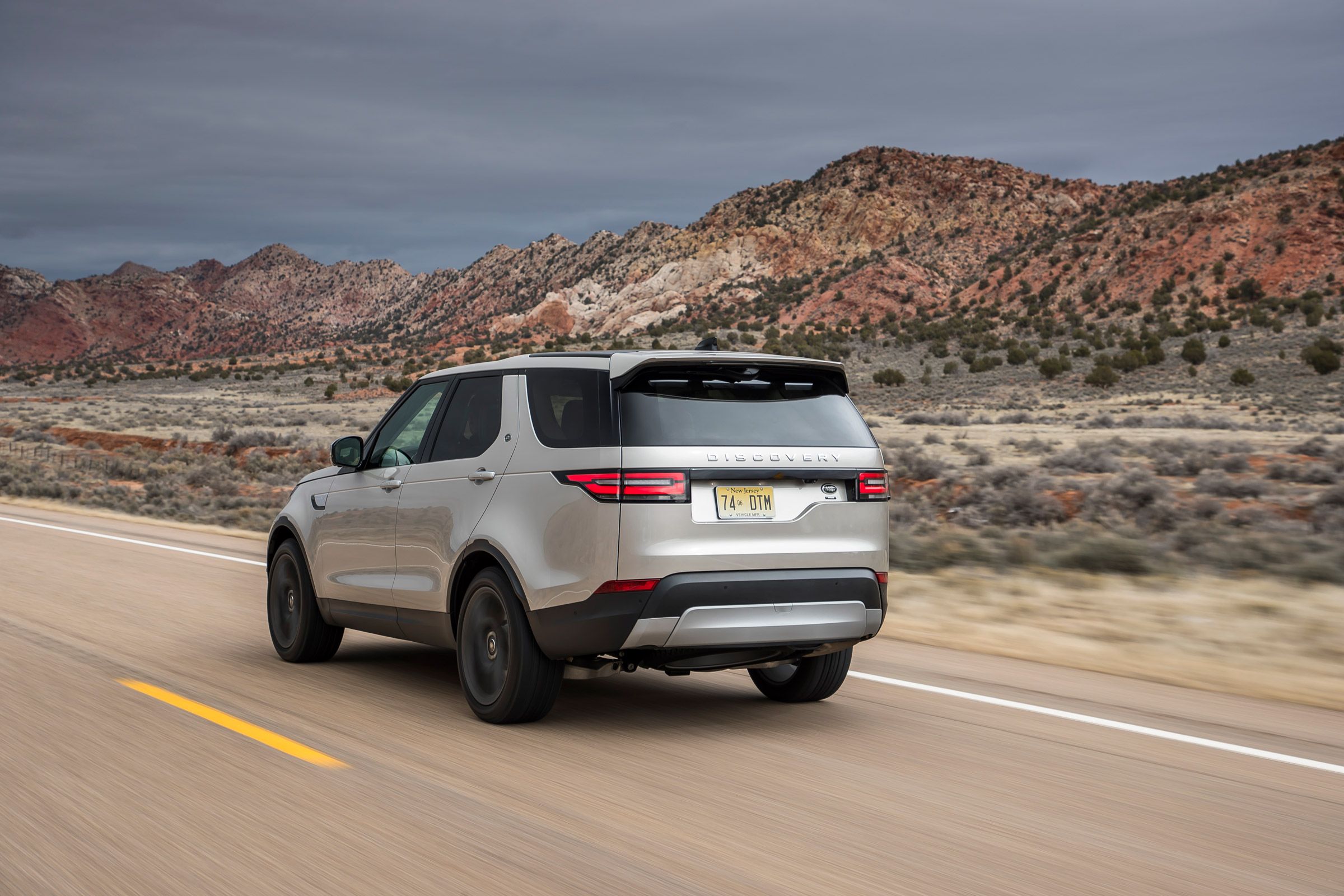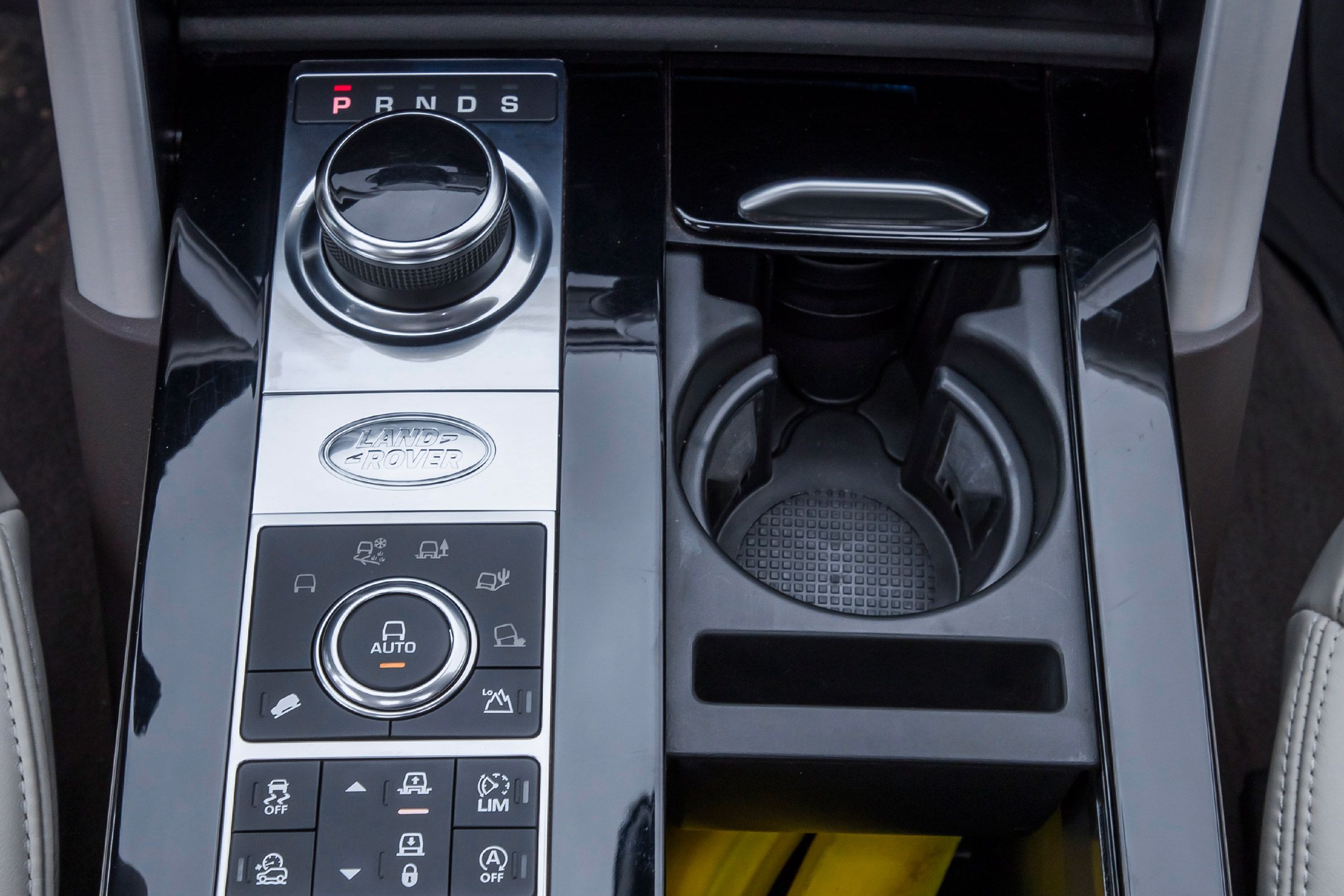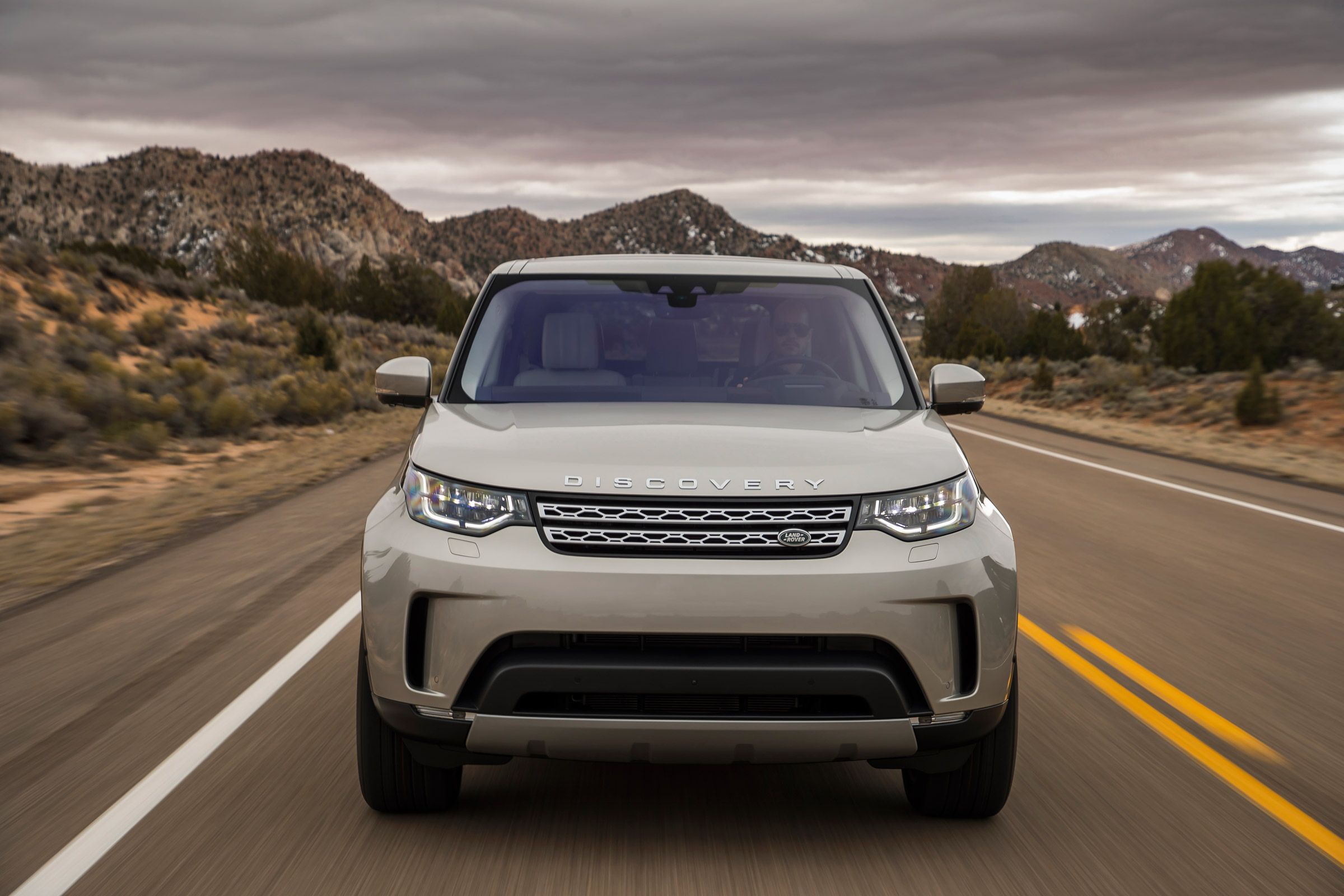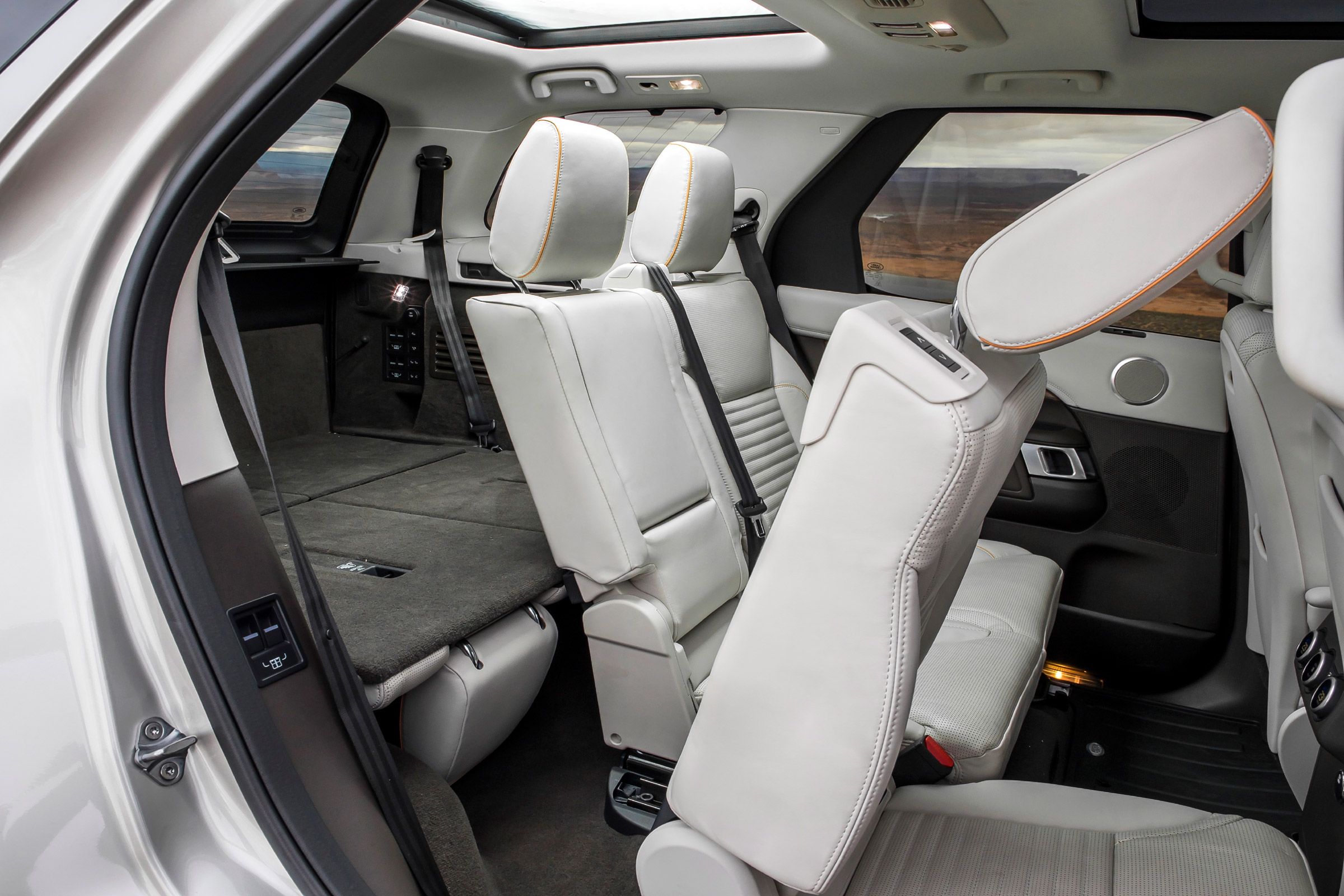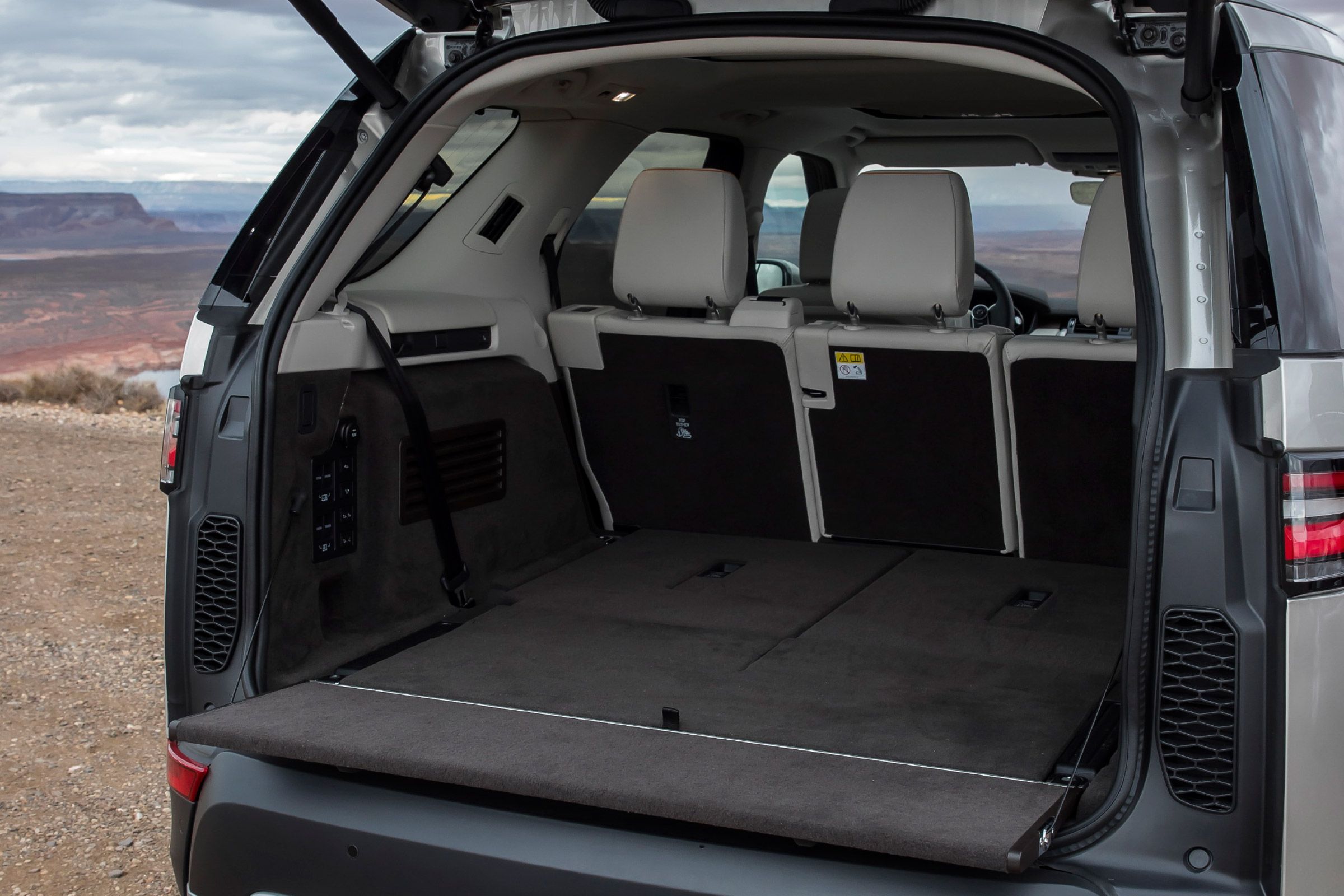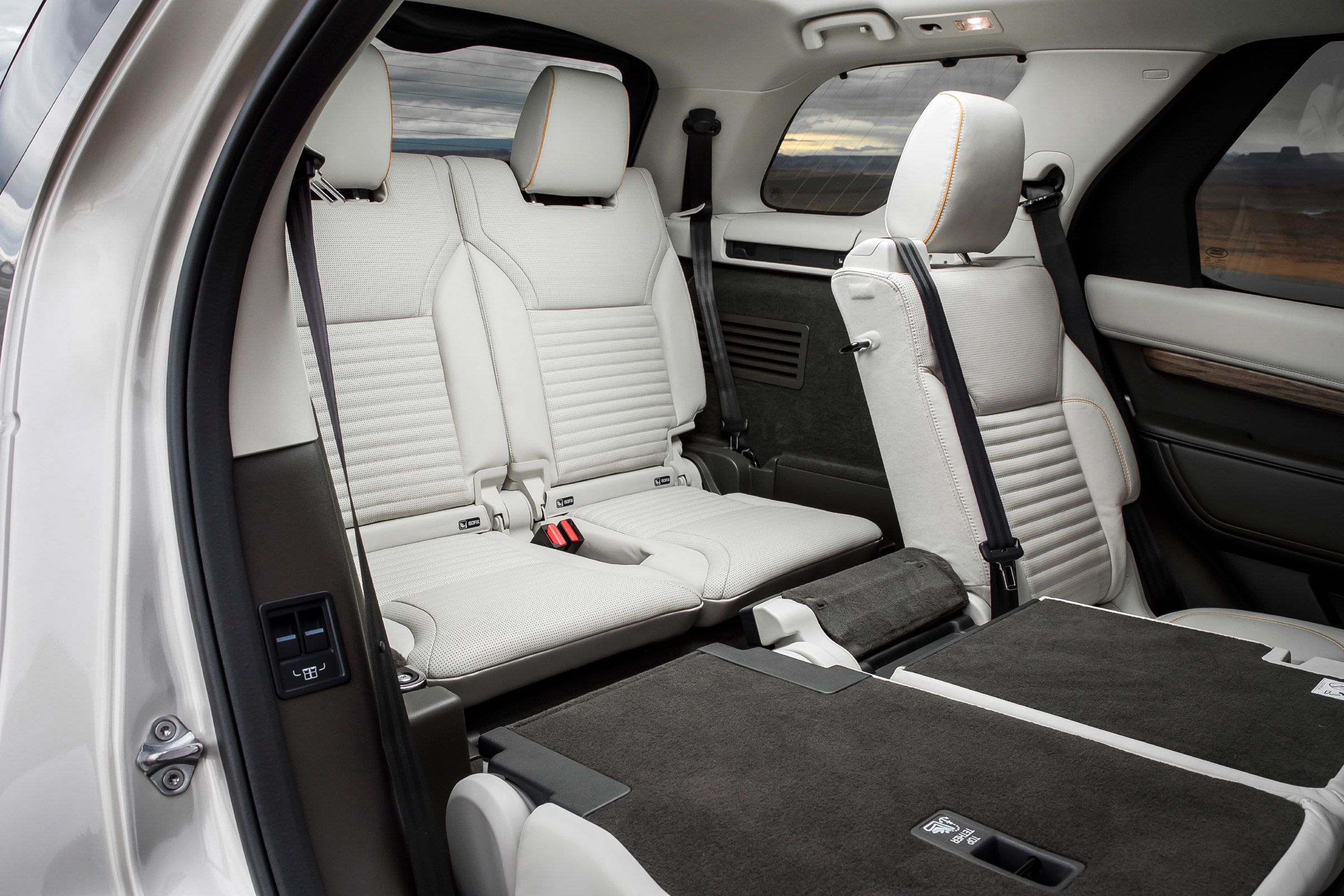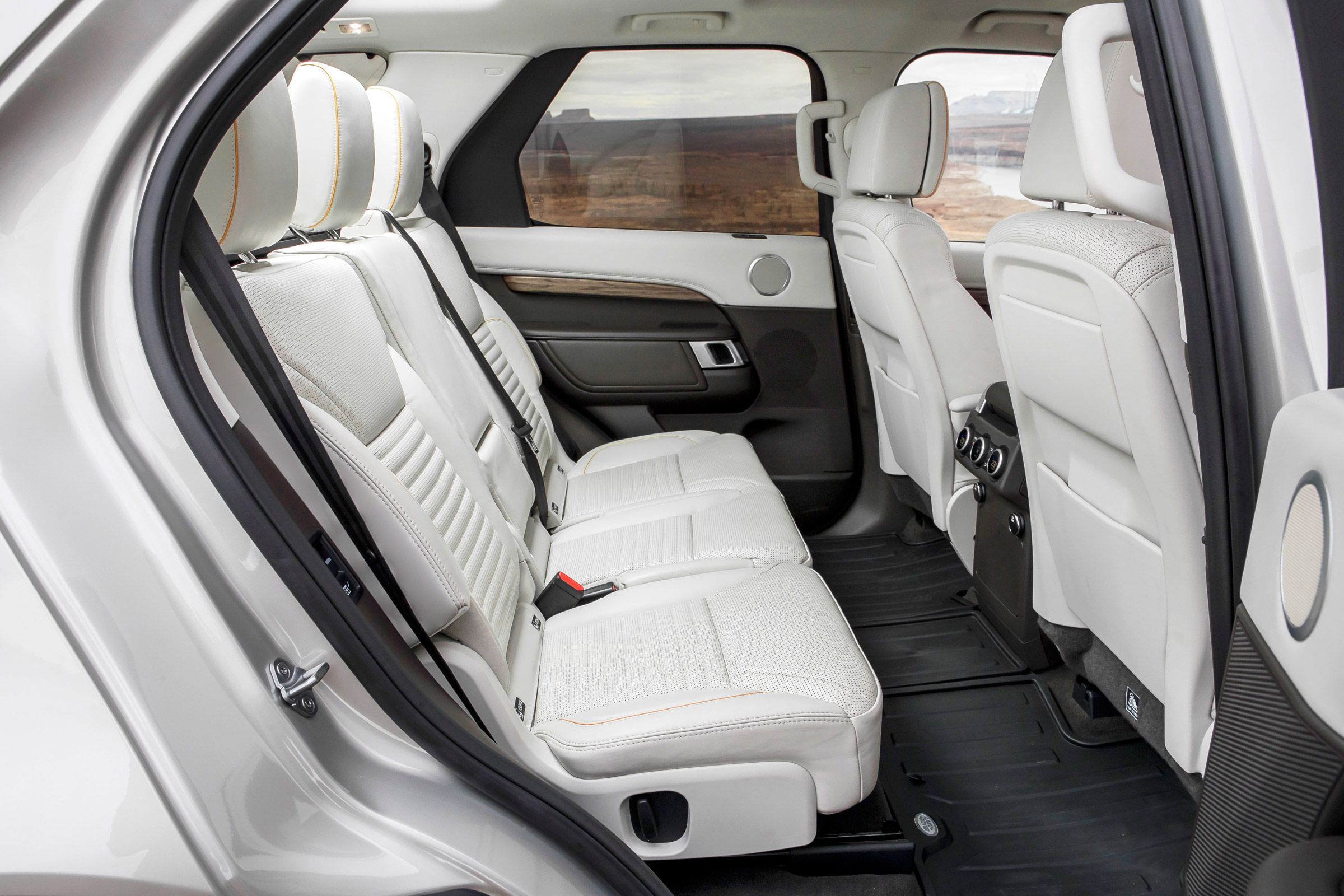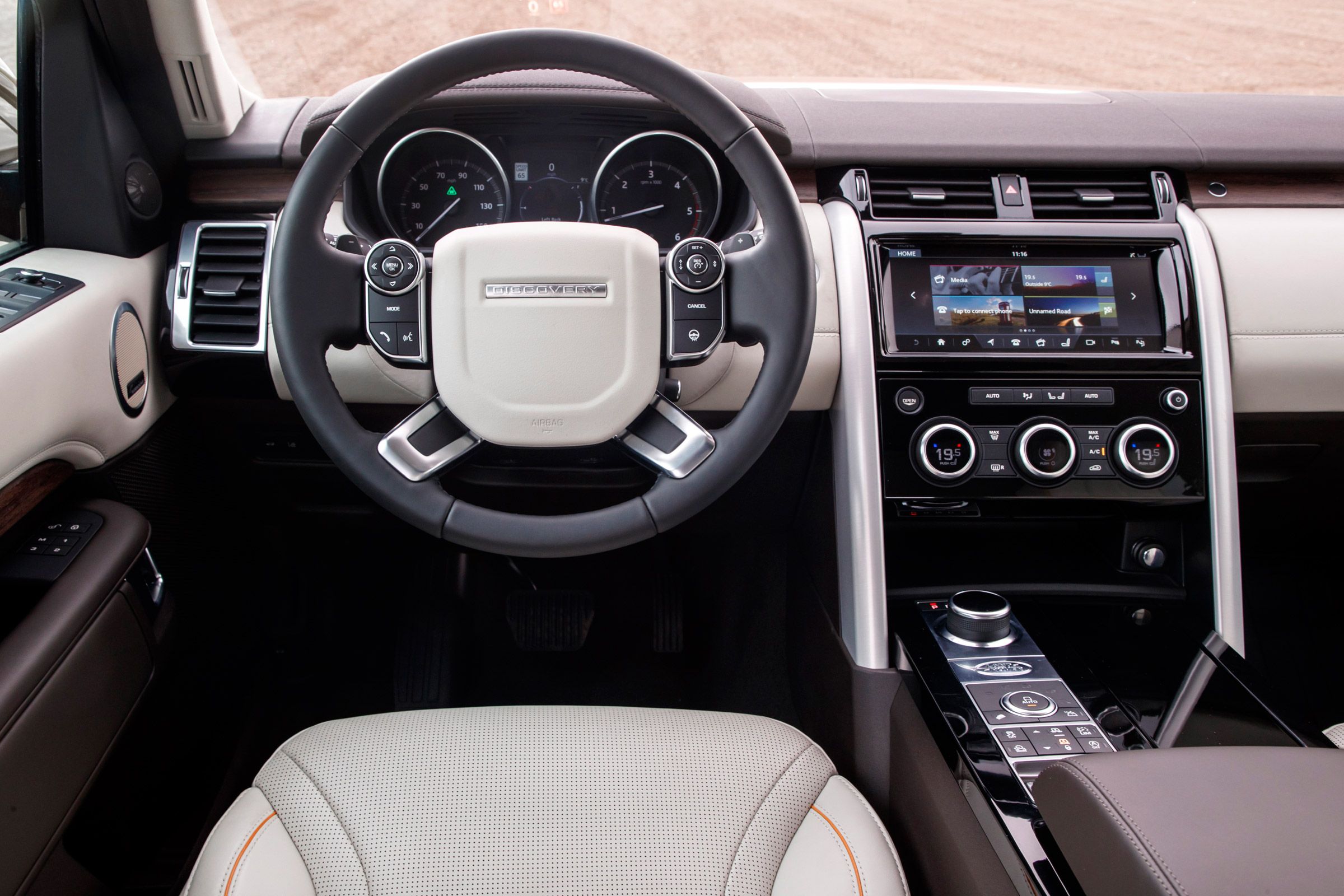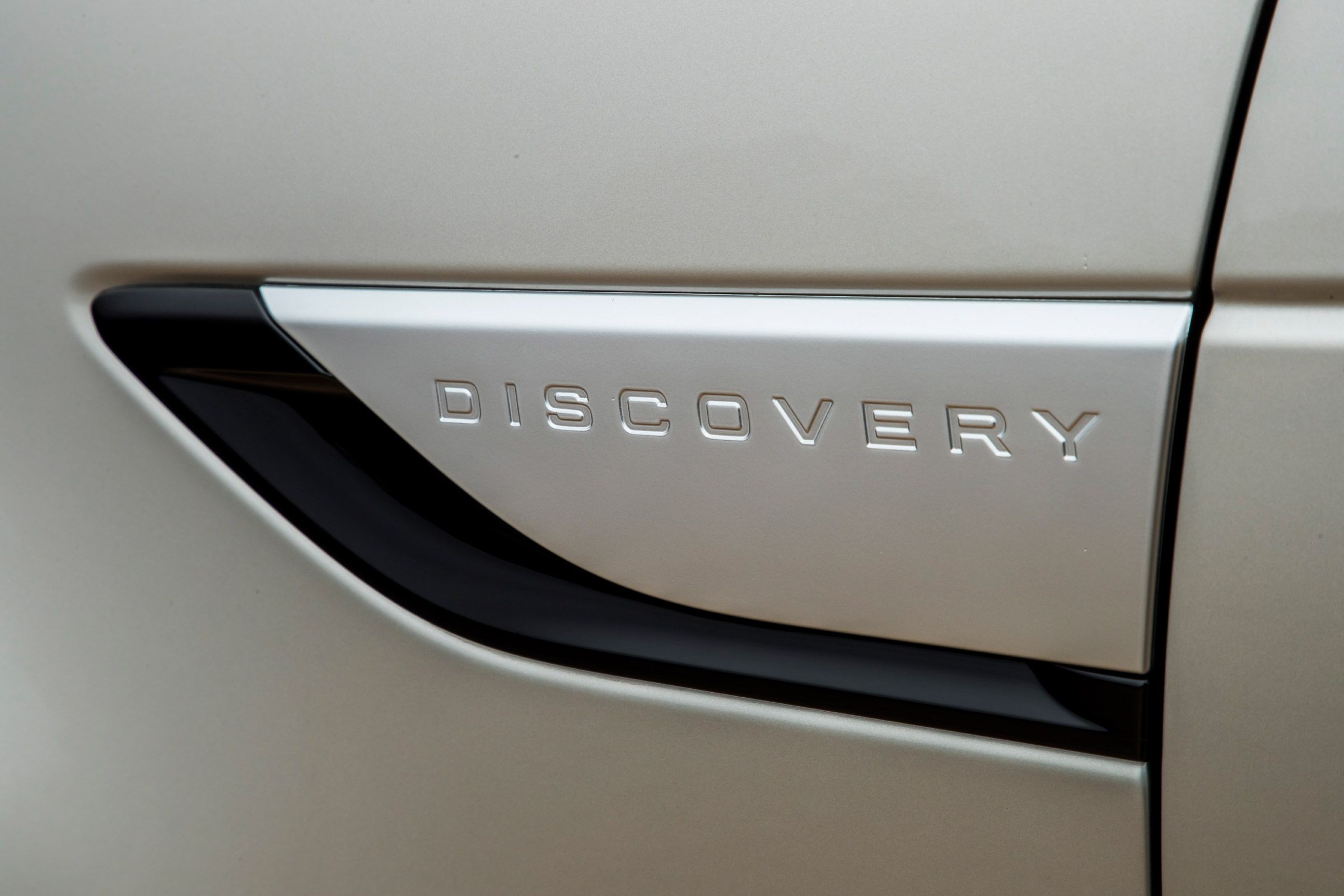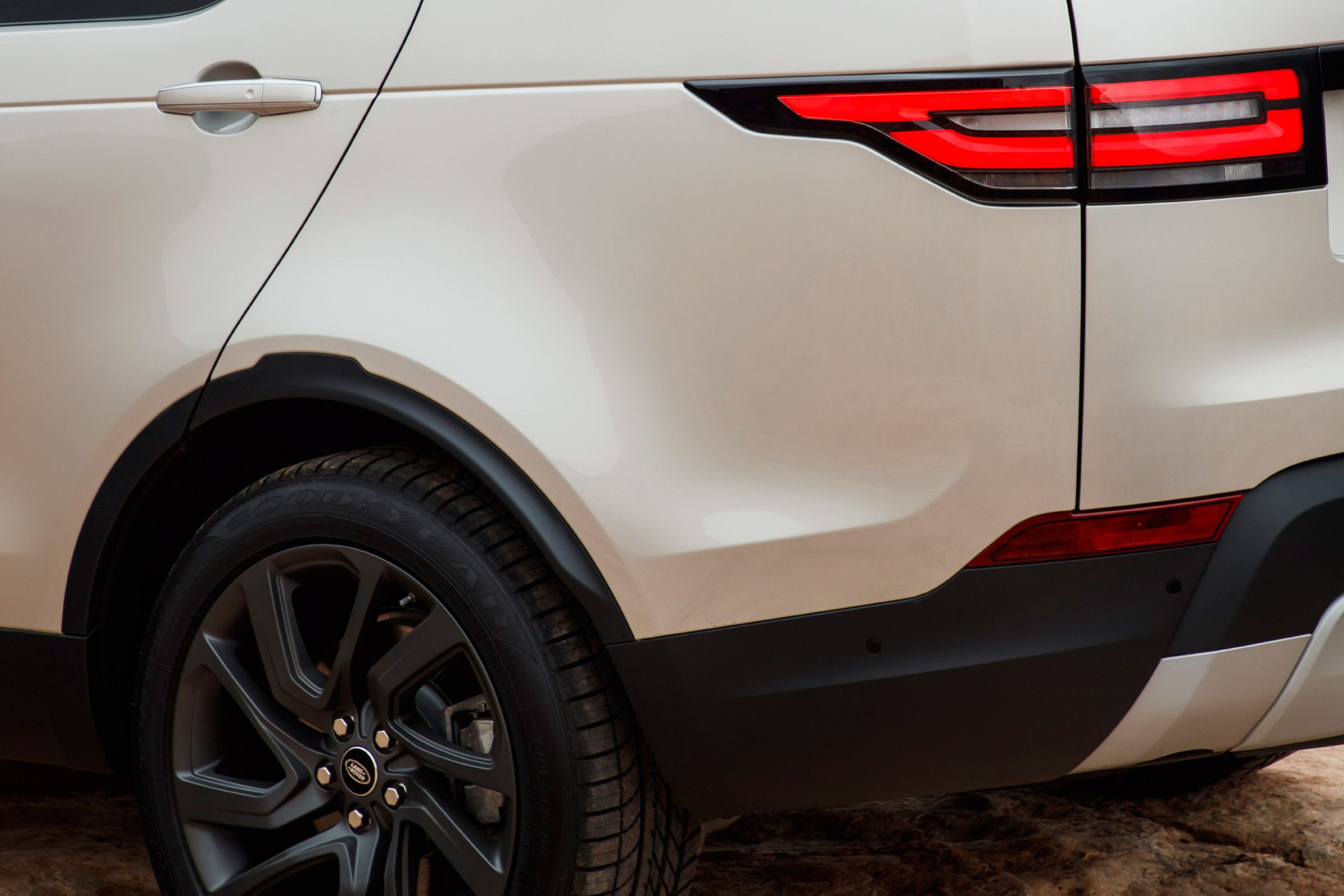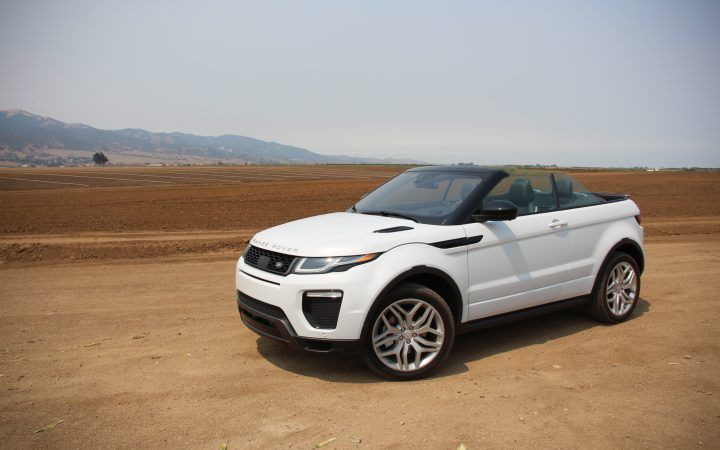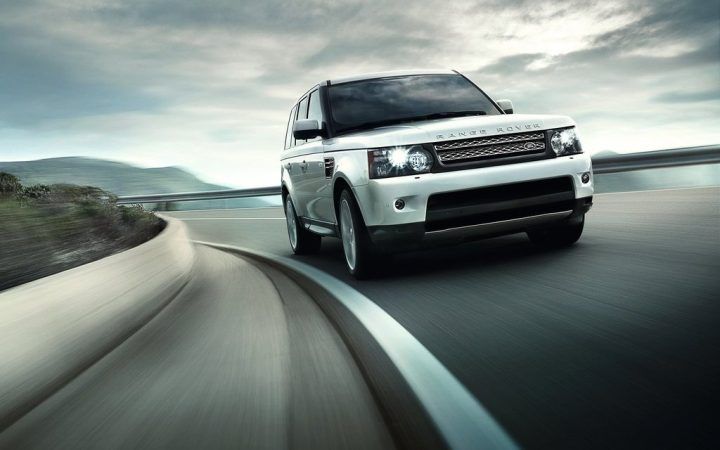The extensively reengineered 2017 Land Rover Discovery, equipped with a more nimble gas engine, is perfectly suited for intrepid urban commuters. There are two powertrain options for the new Discovery: a 340-horsepower supercharged V6, and a 254-horsepower turbocharged V6 diesel. An eight-speed automatic transmission is standard but shoppers may opt for either a single- or two-speed transfer case, the latter of which allows improved off-road capability, while the former provides better on-road performance. An exclusive low-speed crawl mode is also offered, allocating control of acceleration to the vehicle while the driver concentrates on steering.
It may be difficult for some, particularly the younger generation, to comprehend that the Land Rover moniker is derived from a defunct British automobile manufacturer, Rover, which began producing this model post World War II, derived from the iconic Jeep. Notably, this latest Land Rover Discovery demonstrates a marked contrast with its predecessors, displaying characteristics and features that closely mirror the upscale Range Rover model, as opposed to the original Land Rover and the initial four generations of the Discovery model.
The fifth-generation Land Rover Discovery was designed utilizing the same aluminum-intensive architecture which supports the Range Rover and the Range Rover Sport, making it lighter and appealing to commuters who drive from suburban areas with no sidewalks and without fences surrounding their yards. The styling for this model stands out from the previous LR4 model and has clearly been made with fashion-conscious extra-urban customers in mind. The aesthetics of the Discovery are in line with a Ford Explorer model which has undergone a body contouring procedure. Ford apparently took styling details from the Range Rover brand, though such debate is of little relevance.
The inside of the Discovery matches its HSL Luxury labels with its standard leather-covered seating in all three rows and many power-assisted features. Another added bonus is the spacious cooled compartment in the center console of the front area. The total cost of this trim level and its optional equipment amounts to close to $82,800. The Dynamic package costs $4350 and includes many aesthetic enhancements while the Drive Pro package takes $2350 and includes lane-keeping assist, adaptive cruise control and other electronic driving aids. The Capability package is an additional $1250 which provides electronic systems for off-road traction, an automatic locking rear differential and more.
At the heart of the Discovery is the supercharged 3.0-liter V-6 engine paired with an eight-speed automatic transmission. This powerhouse carries a 90-degree angle between the cylinder banks, deriving from a V-8. The engine is rated for 340 horsepower and 332 lb-ft of torque and operates with a coarse, low rumble and groan, though it is less loud than the same powertrain featured in the Jaguar XE.
It is lamentable that this six-cylinder engine does not produce great fuel economy; our tests measured sixteen miles per gallon over a period of multiple weeks, two miles per gallon less than the EPA combined rating, and just one mpg better than the V-8 powered LR4 we tested in 2011, which weighed five thousand seven hundred and fifty pounds.
The current model displayed a considerable reduction in mass; down to five thousand four hundred and ninety-eight pounds, thanks to its aluminum structure which deleted four hundred and forty-three pounds- a lesser improvement than what Land Rover stated it could achieve with its similar models. That being said, it still delivered an improvement of one mile per gallon and a decrease of 0.4 seconds in its zero-to-60-mph time. During our tests, it achieved sixty miles per hour in 6.3 seconds, and completed a quarter-mile in fourteen point nine seconds. This model was also one point seven seconds quicker to sixty mph, and one point two seconds ahead in the quarter-mile, than its diesel-powered counterpart. Furthermore, its speed from fifty to seventy miles per hour was impressive, at 4.5 seconds.
Still, the diesel Discovery’s fuel economy test yields seven more miles per gallon on the highway, a substantial advantage when its used for towing or hauling; this model’s towing capacity was estimated at eight thousand two hundred pounds. As far as cargo volume, it had a total of nine cubic feet of space behind its third row, which increased to forty-five cubic feet with two occupants. Its second row could also be powered forward for a total of eighty-three cubic feet.
This latest Discovery marks a clear departure from its agricultural roots, most notably in its driving capabilities. The electronically-managed air-spring suspension that comes standard on the HSE Luxury provides superior control over squat, dive, and roll in comparison to the LR4 set up, which gave an almost unbalanced feeling. Tests revealed that the skidpad grip of 0.74 g was far greater than the LR4's meager 0.65 g, but the biggest gains can be seen in the subjective responses of responsiveness and control.
Land Rover is more willing than most of its competitors to compromise highway handling for improved off-road ability; the Discovery's 11.1 inches of ground clearance leaves a driver with a sensation of height and unsteadiness greater than, for example, in a BMW X5, which has 8.2 inches of clearance. Additionally, the steering has a small dead zone at the center, which can require more input when driving on highways; however, this dead zone has lessened and the steering is predictable and relatively responsive.
We had anticipated that its lesser mass would improve braking performance; however, the Discovery needed 186 feet to stop from 70 mph, only one foot less than the Td6. It is clear the LR4 offers a firmer brake pedal with less nose dive, yet with a more progressive feel to the pedal.
When the Range Rover finally arrived in the United States in the late 1980s, its marketing strategy was based on the premise that roughing it was unnecessary--one could take all the comforts of home into any landscape. The new Discovery squarely embraces this notion, while suggesting that it could also prove a reliable vehicle in the face of whatever disaster one may fear.

